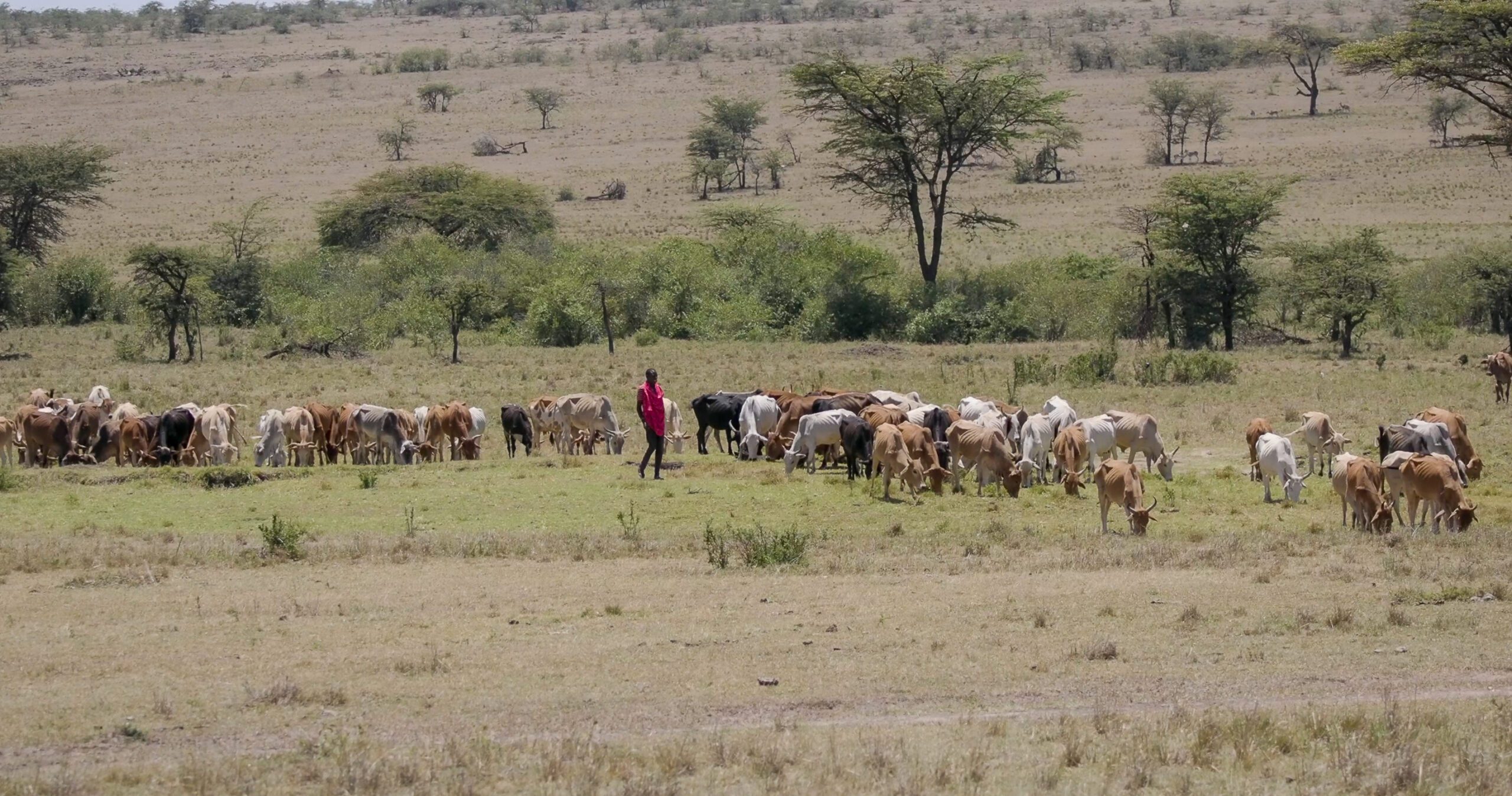The Savannah grasslands of East Africa span across regions that are primarily characterized as arid or semi-arid zones. Unfortunately, the semi-arid zones are at risk of turning into arid zones, while the arid zones are vulnerable to severe droughts, which can halt pastoral activities. The regions also suffer from low carbon stocks, resulting from years of unsustainable overgrazing by livestock that causes excessive soil erosion and a further decline in soil organic carbon.
Boomitra and EarthAcre partner with local organizations to assist pastoralists in adopting improved grassland management practices. This approach includes a range of techniques such as rotational grazing, biodiversity conservation, improved livestock and water management, and capacity-building programs. These practices help to prevent the loss of topsoil cover, improve soil carbon sequestration, regenerate vegetation, and accelerate the restoration of soil fertility and ecosystem services in degraded grasslands. By implementing these methods, it's possible to address the challenges facing the region, mitigate climate change, and protect the livelihoods of the pastoral communities. VCUs may be issued for the greenhouse gas emission reductions and removals associated with mixed-species grazing management in this region. Currently, this project has only private landowners enrolled. The project has not enrolled any community lands or conservancies.






